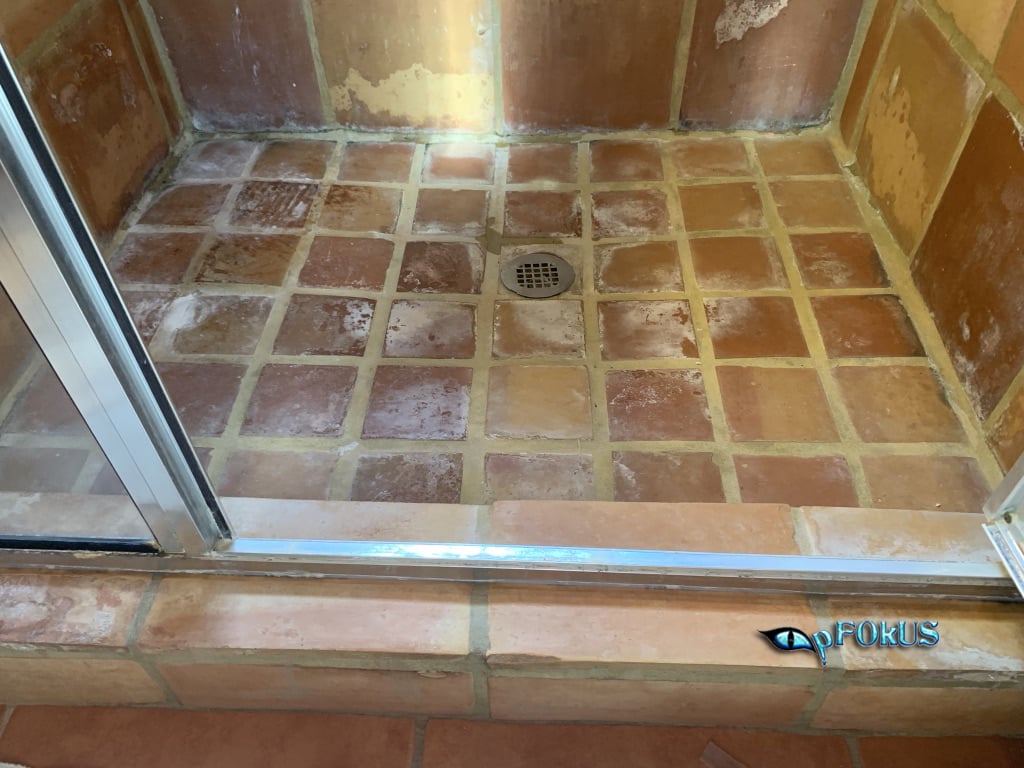We have discovered this post involving Common Causes of Water Damage in a Bathroom listed below on the web and think it made good sense to relate it with you on my blog.

The shower room is extremely prone for moist buildup as well as potential water damages due to the regular use of water in it. This write-up provides straightforward inspection methods to help finding water damage dangers.
The frequent use of water in the washroom makes it very at risk for moist build-up and prospective water damages. By inspecting it frequently, you can reduce water related problems.
The adhering to set of assessments is easy to perform as well as need to be done once in every three months in order to maintain your bathroom in good shape and also to prevent prospective water problems caused by the tub, the shower, pipeline joints and plumbing, sinks, cupboards, and the bathroom
Do not forget executing these inspections as well as be complete while performing them. Keep in mind that these easy assessments can conserve you a lot of money by offering very early signs for water damage
Bathtub as well as Shower
The shower and also bath tub require special interest as well as upkeep. Check the tiles and also change if fractured. See to it that there is no missing out on cement in between the floor tiles. Check as well as change split caulking at joints where the wall surfaces satisfy the floor or the bathtub. Clogged drains and also pipelines issues will certainly stop the tub from drying and might suggest severe issues below the bathtub. Consult with a professional immediately to stop architectural damages. Focus on discolorations or soft areas around the bath tub wall surfaces as they might indicate an internal leakage.
Plumbing
Signs for water damages are difficult to spot because the majority of pipelines are set up inside the walls.
Pay unique attention to flooring and walls dampness and also discolorations as they might suggest an unnoticeable plumbing problem. Examine dampness degrees in adjacent spaces as well.
Sinks and Cabinets
Sinks and also closets are subjected to wetness and moisture day-to-day as well as are typically neglected. Evaluate on a regular basis under the sink as well as on the counter top above it. Fix any type of drip in the trap as it may recommend drainpipe problems. Look around the sink, slow-moving draining pipelines may show an obstructed drain. Replace sink seals if they are fractured or loosened.
The Toilet
The commode is a vulnerable water joint. Check the water lines and look for leaks around the commode seat, in the hose pipe, and under the water container. If you discover any indicators of wetness on the flooring around the bathroom, check for leakages in the toilet rim and storage tank seals.
Understand that hanging commode bowl deodorants boosts the chances for obstructions.
TIPS TO PREVENT WATER DAMAGE IN THE BATHROOM
The average household uses approximately 80-100 gallons of water per person per day. For a family of 4, that's almost 2,500 gallons of water a week! The largest portion of this consumption comes from bathroom use. Flushing the toilet uses the most water, followed by taking a shower or bath. With that much water running through the home, water damage in the bathroom is bound to happen. Knowing how to spot signs of a water leak is essential to preventing long-term damage. This guide provides you with tips to reduce the impact of water damage on your bathroom.
CAUSES OF BATHROOM WATER DAMAGE
Pipe breaks are the most common cause of water damage we see in our daily jobs. The age of a pipe plays a large role in a pipe break as well as corrosion. Over time, the metal begins to break down, allowing water to escape. Frozen pipe breaks are also a concern in the winter months. Toilet overflows caused by paper products or children flushing inappropriate items. Degraded caulking around the toilet or bathtub can allow water seepage, sometimes behind the fixture, into the subfloor or walls. Condensation forms when the water in a pipe is cooler than the air temperature. Beads of water form on the exterior of the pipes, sometimes so much so that the water begins to drip and pool below. Sink or shower backups created by poor drainage. HOW TO PREVENT WATER DAMAGE IN YOUR BATHROOM
Inspect your toilet supply line for worn or frayed hoses and replace them as needed. Winterize your plumbing to prevent a frozen pipe break. Use vent fans to prevent condensation that can lead to mold growth. Routinely check and replace degraded caulking around your toilet or bathtub. Increase the temperature in your toilet tank and insulate your pipes during the warm summer months to keep condensation from forming. Use child safety locks on the toilets. Flush only toilet paper. "Flushable" wet wipes are actually not good for your plumbing system. Additionally, feminine hygiene products should not be flushed. Prevent water from escaping the tub or shower. Make sure shower curtains are in good condition. Inspect shower doors and replace the seal strip if necessary. Wipe up any water that accumulates on the floor and use bath mats. Water left to sit can cause damage to the tiles and flooring. Refrain from using bath products containing heavy oils to avoid a clogged drain.

Do you like more info about Looking for Signs of Water Damage in the Bathroom? Post a remark further down. We'd be glad to listen to your feelings about this blog entry. Hoping that you come back again in the future. Please take the opportunity to promote this page if you enjoyed it. Many thanks for your time. Visit us again soon.
Or Book Technician Here